There’s something undeniably magical about a garden in full bloom under the warm embrace of summer. Whether you’re a novice just dipping your toes into the world of gardening or a seasoned green thumb, the joy of nurturing vibrant flowers and witnessing their colors come alive is a rewarding experience like no other. In this guide, we’ll explore the best flowers to grow for a summer garden, offering you a palette of blooms that promise to transform any outdoor space into a stunning oasis.
While every gardener’s journey is unique, the common thread is the satisfaction that comes with a flourishing garden. This carefully curated list is designed to inspire and empower you, providing practical insights and easy-to-follow tips that ensure your summer garden not only survives but thrives. With the right selection of flowers, you’ll be equipped to enjoy a season filled with beauty, color, and the sweet success of your gardening endeavors.
Dahlia ‘Bishop of Llandaff’ (Dahlia hortensis)
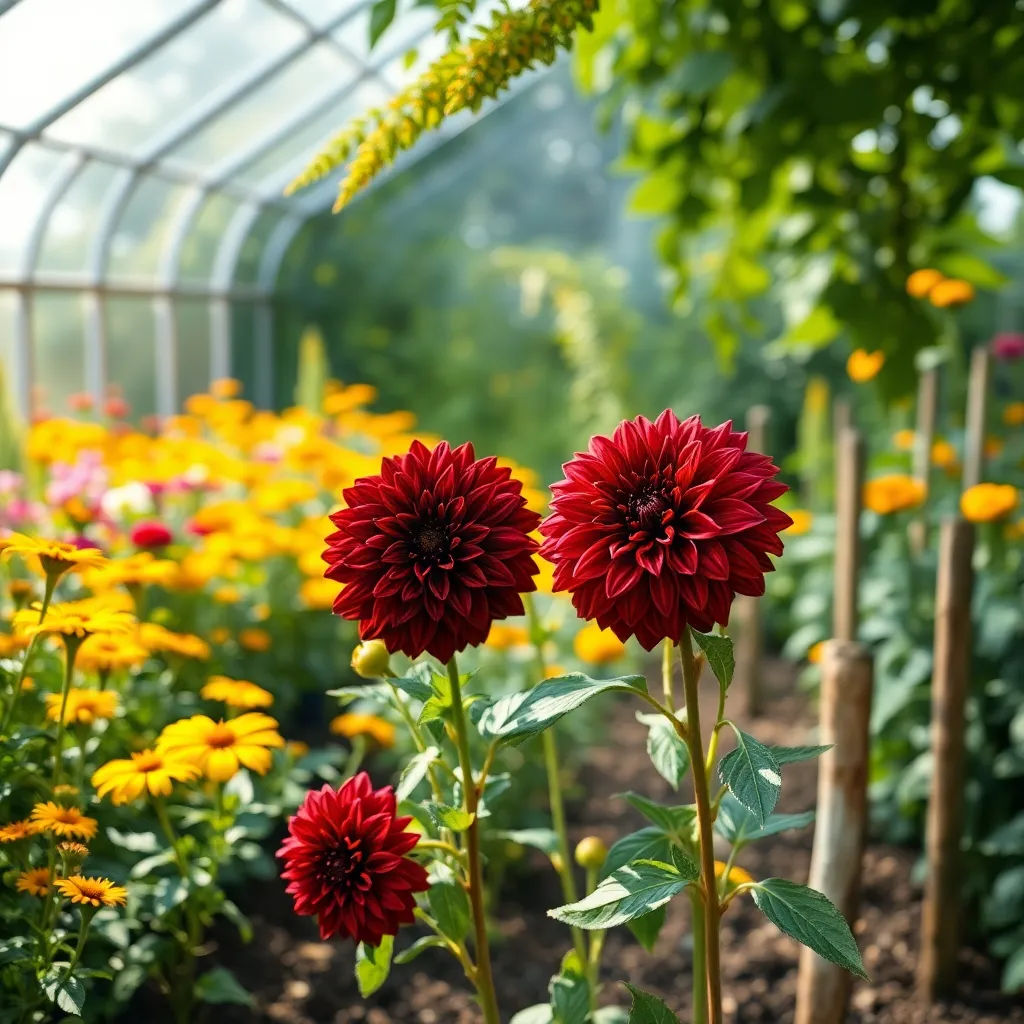
The Dahlia ‘Bishop of Llandaff’ is renowned for its striking red blooms and dark foliage, making it a standout addition to any summer garden. This variety thrives in well-drained soil and full sun, requiring at least six hours of sunlight daily for optimal growth.
To plant these dahlias, wait until the danger of frost has passed and the soil has warmed up. Space the tubers about 12 to 18 inches apart, ensuring they have ample room to grow and spread.
Regular watering is crucial for the ‘Bishop of Llandaff’, as it prefers consistently moist soil. However, avoid waterlogging by ensuring good drainage, as soggy conditions can lead to root rot.
For those looking to enhance bloom production, deadheading spent flowers will encourage the plant to produce more blooms throughout the season. Also, applying a balanced fertilizer every two to three weeks can provide the nutrients necessary for vibrant growth.
Experienced gardeners might consider staking the plants, as they can reach heights of up to 3 feet and benefit from support during windy conditions. If you wish to save tubers for the next season, dig them up before the first frost and store them in a cool, dry place.
Black-Eyed Susan (Rudbeckia hirta)
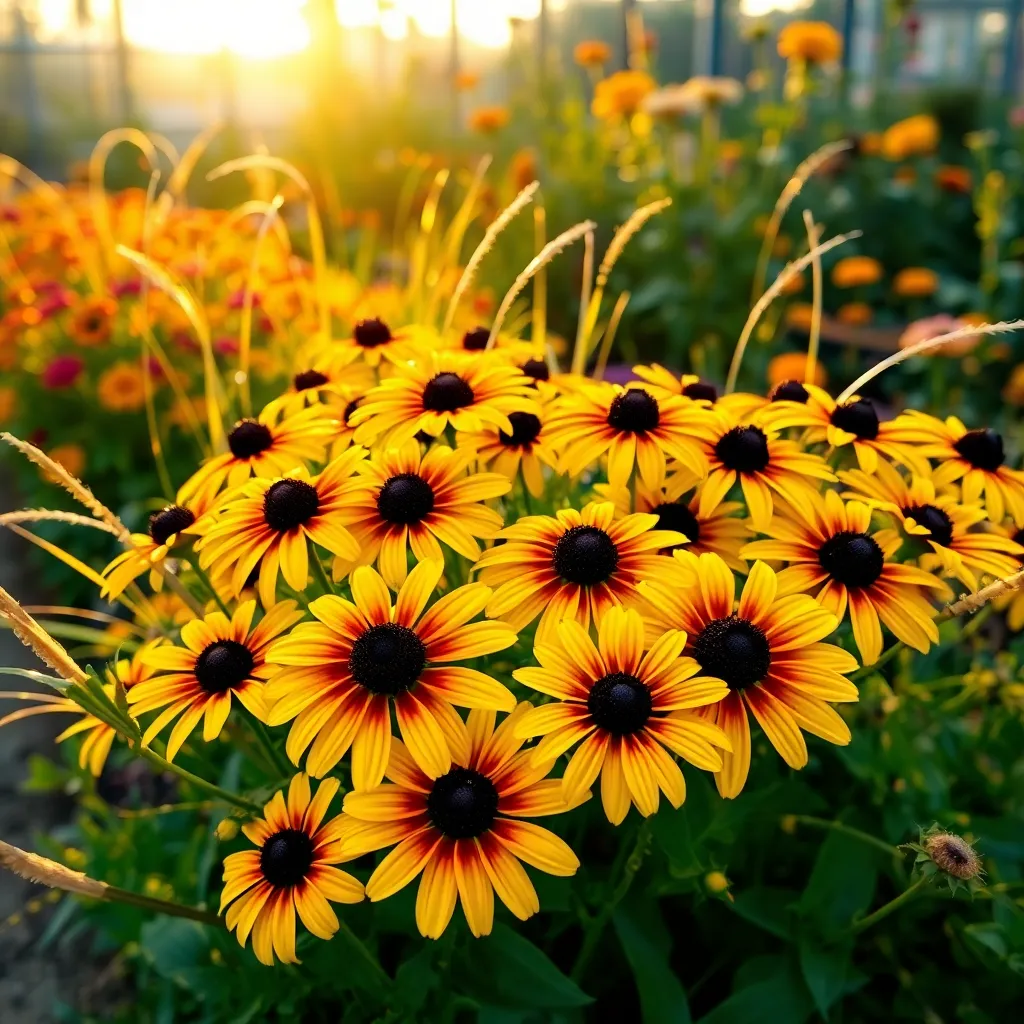
Black-Eyed Susan, or Rudbeckia hirta, is a vibrant addition to any summer garden, known for its bright yellow petals with a characteristic dark center. These hardy perennials can thrive in a variety of climates, making them an excellent choice for both novice and experienced gardeners.
To ensure optimal growth, plant these flowers in an area that receives full sun, as they need at least six hours of direct sunlight per day. When it comes to soil, they perform best in well-drained, moderately fertile soil, although they are quite adaptable to poorer soils.
Water newly planted Black-Eyed Susans regularly to help them establish, but once settled, they only need watering during prolonged dry spells. Deadheading spent blooms will encourage more flowers and extend the blooming period, which typically lasts from summer into early fall.
For those looking to propagate, these plants can be easily grown from seed. Sow seeds directly in the garden after the last frost, or start them indoors about 6-8 weeks before the expected frost-free date to get a head start on the growing season.
Advanced gardeners may consider dividing clumps every 3-4 years to rejuvenate the plants and prevent overcrowding. This practice not only promotes healthier growth but also provides opportunities to expand your garden or share with friends.
Marigold ‘French Dwarf’ (Tagetes patula)
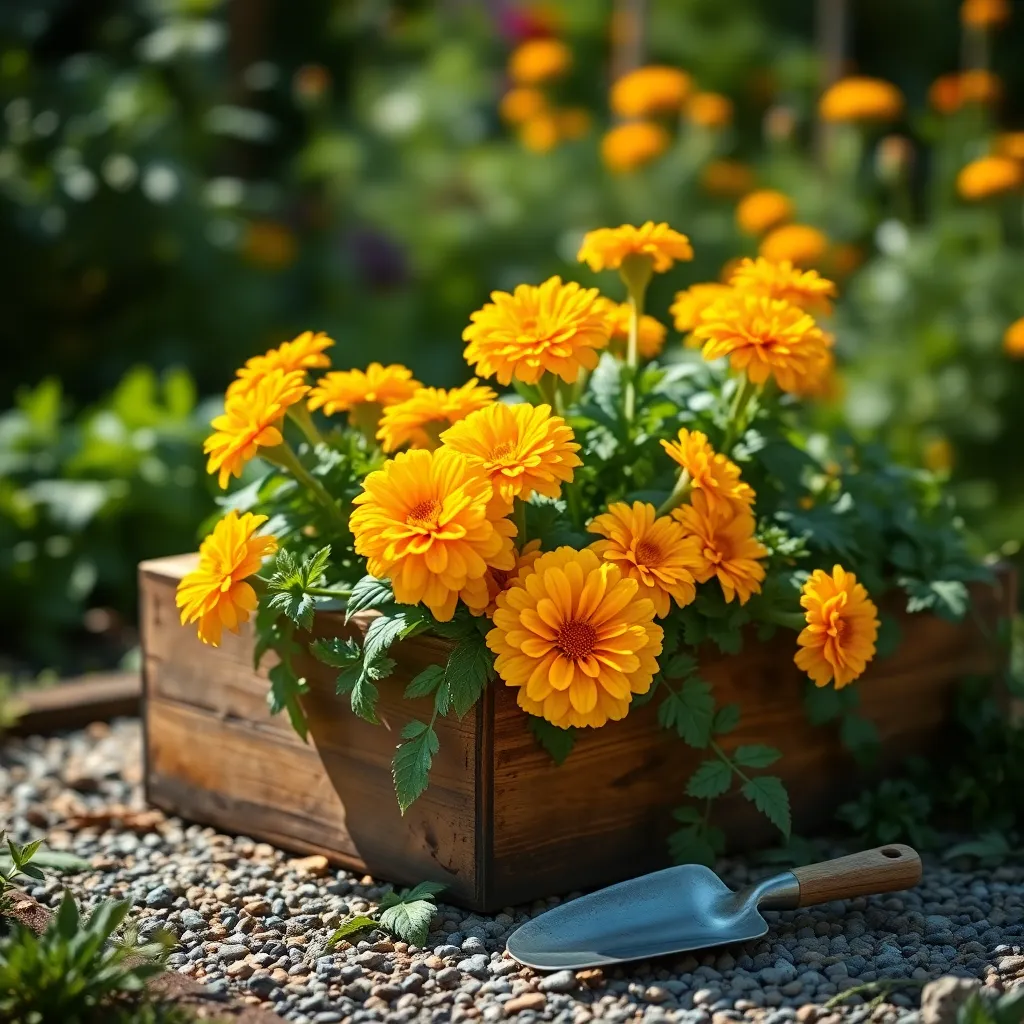
Marigolds, particularly the ‘French Dwarf’ variety (Tagetes patula), are an excellent choice for adding vibrant color to your summer garden. These compact plants are perfect for borders, containers, and small spaces, making them versatile for any garden layout.
To ensure healthy growth, plant your marigolds in well-draining soil enriched with organic matter such as compost. They thrive in full sun, so choose a location where they can soak up at least six hours of sunlight each day.
Watering is crucial for marigolds, especially during dry spells. Water them deeply once a week, allowing the soil to dry out between waterings to prevent root rot.
For gardeners looking to enhance bloom production, deadhead spent flowers regularly to encourage continuous flowering. Additionally, fertilizing every four to six weeks with a balanced, slow-release fertilizer can provide the nutrients needed for robust growth.
Petunia ‘Wave’ (Petunia × hybrida)
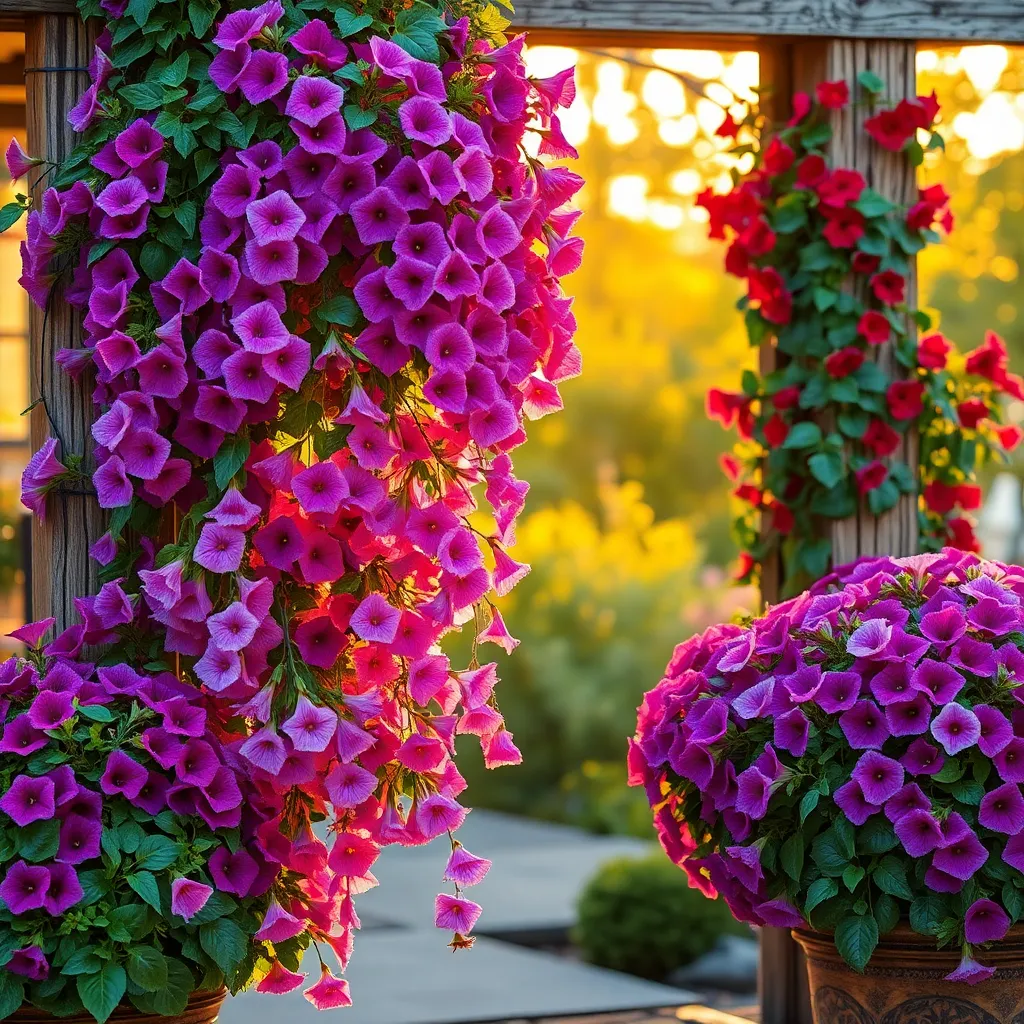
Petunia ‘Wave’ (Petunia × hybrida) is a vibrant choice for any summer garden, providing a cascade of colorful blooms. These plants are known for their ability to spread rapidly, making them an excellent option for ground cover or hanging baskets.
To ensure optimal growth, plant them in a location that receives full sun for at least six hours daily. Well-draining soil enriched with organic matter will support their vigorous growth and abundant flowering.
Watering regularly is crucial, especially during dry spells, to keep the soil consistently moist but not waterlogged. A layer of mulch around the base can help retain moisture and suppress weeds.
For those seeking a lush display, consider feeding your Petunias with a balanced, water-soluble fertilizer every two weeks. Pruning spent blooms, a process known as deadheading, can encourage new growth and a longer blooming period.
Cosmos ‘Sensation Mix’ (Cosmos bipinnatus)
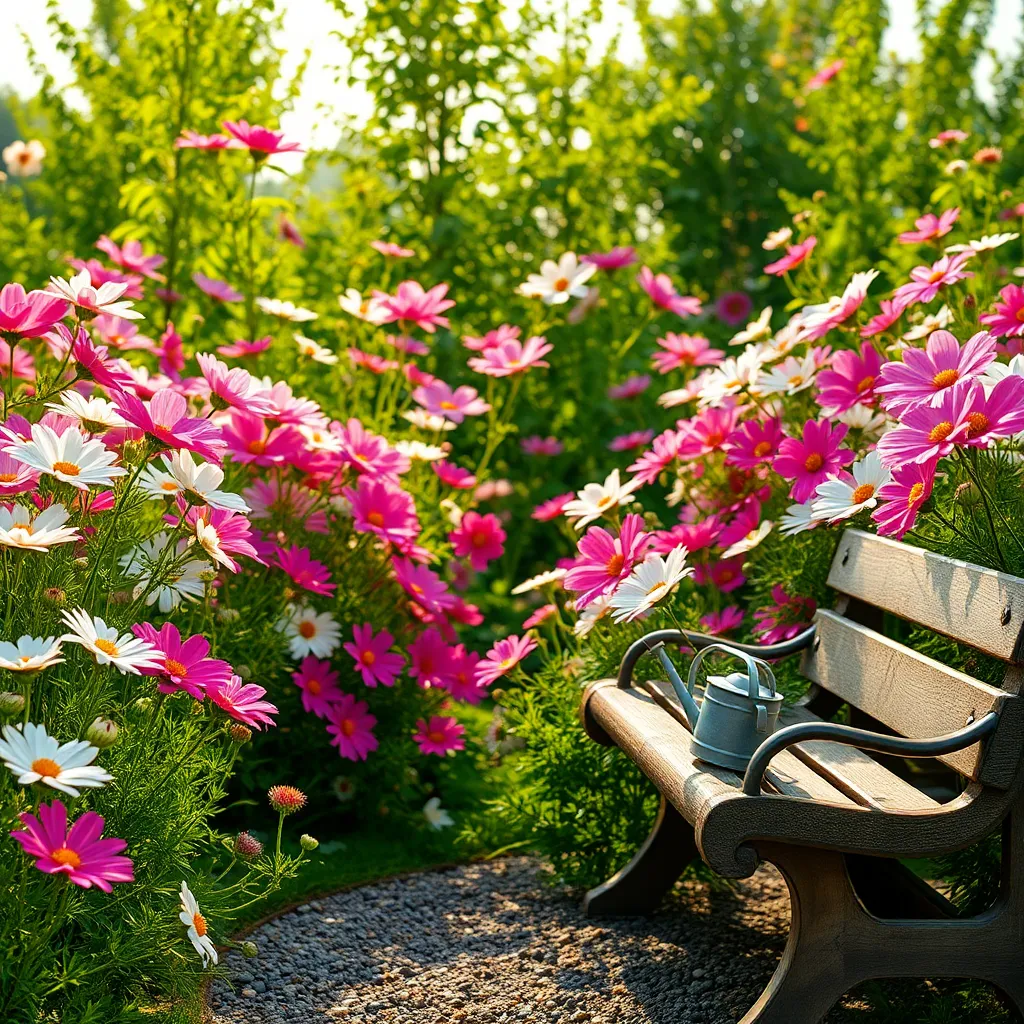
Cosmos ‘Sensation Mix’ (Cosmos bipinnatus) is a delightful addition to any summer garden, known for its feathery foliage and vibrant blooms. They thrive in full sun and are remarkably easy to grow, making them perfect for beginners looking to add a splash of color.
To ensure your Cosmos flourish, plant them in well-drained soil, such as a sandy loam, which allows water to pass through easily, preventing root rot. Water them moderately, ensuring the soil is moist but not waterlogged, and reduce watering once established as they are drought-tolerant.
For those looking to enhance their gardening skills, consider deadheading the spent blooms to encourage continuous flowering throughout the season. Pinching back the stems when they are about 12 to 18 inches tall can promote bushier growth and more abundant blossoms.
Even experienced gardeners will appreciate the Cosmos’ ability to attract beneficial insects like bees and butterflies, adding ecological value to your garden. As a bonus, their long stems make them ideal for cutting, allowing you to bring their beauty indoors as well.
Conclusion: Growing Success with These Plants
In exploring the vibrant world of summer gardens, we’ve unearthed five key relationship concepts: nurturing growth through attention and care, celebrating diversity by embracing a variety of blooms, fostering resilience as plants withstand changing weather, practicing patience as flowers take time to flourish, and cherishing shared experiences by gardening together. These principles not only cultivate a thriving garden but also enrich our personal connections.
To take immediate action, why not start a gardening project with a loved one this weekend? Choose a few flower varieties to plant, and use it as an opportunity to strengthen your bond through shared goals and teamwork.
As you embark on this journey, remember to bookmark this article. It will serve as a handy guide, offering insights and inspiration whenever you need a boost in your relationship.
Looking ahead, the seeds of effort you plant today in your relationships promise to blossom into lasting success. With each thoughtful gesture and shared experience, you’re building a garden of love that will continue to flourish. Embrace this journey, and watch your relationships grow in beauty and strength.

